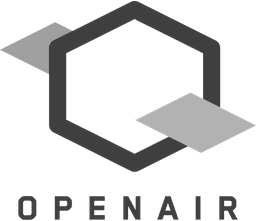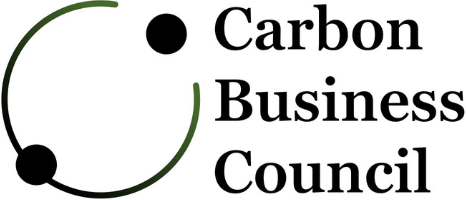Biochar / initiatives
International Biochar Initiative (IBI) is a platform for fostering stakeholder collaboration, good industry practices, and environmental and ethical standards to support safe and economically viable biochar systems.
US Biochar Initiative (USBI) is a not-for-profit organization that promotes the sustainable production and use of biochar through research, policy, technology, and implementation in North America for sustainable food security, improved soil fertility, environment, and climate resilience.
The U.S. Biochar Coalition unites businesses, investors, and civil society to drive policy change, foster industry growth, and build the partnerships needed to scale biochar solutions across markets. Their powerful climate tool provides guidelines to advance biochar carbon dioxide removal (CDR) and its applications.
U.S. and Canada Biochar Protocol provides guidance to account for, report, and verify greenhouse gas (GHG) emission reductions and carbon removals associated with the production and application of biochar. The documentation includes eligible feedstocks and end uses for biochar.
Biochar: Urban Forestry Strategy Resource Library provides resources for the development of local biochar systems, as well as recommendations and key considerations surrounding biochar use. The content is derived from international sources.
Biochar Carbon Removal, from Carbonfuture, provides a brief summary of biochar’s valuable role as a readily available and scalable carbon dioxide removal solution in many countries. Links to additional reading materials on biochar are included.
Building / BIM
Autodesk Revit BIM (Building Information Modeling) provides a rich API (Application Programming Interface) plug-in for automating repetitive, time-consuming tasks and extending core features without leaving the Autodesk Revit environment.
Tally allows architects and engineers to calculate the environmental impacts of building material selections directly in an Autodesk® Revit® model.
ArchiCAD is a BIM software that supports energy-efficient and sustainable building design. It helps in modeling and simulating building performance, including energy use and environmental impacts.
Building / strategies & methods
CBRE provides tools for real estates to reduce environmental impact is a priority for companies across the world. Commercial real estate owners, occupiers and businesses will likely need to develop plans to decarbonize portfolios quickly, and at scale.
Embodied Carbon in Construction Calculator (EC3) is a free database of construction EPDs and matching building impact calculator for use in design and material procurement.
EPIC tool facilitates carbon optimization of both operational and embodied carbon, charting the course to zero-carbon buildings.
The Sustainable Building Toolkit was created by CALRecycle to assist project managers and provide quick, direct access to helpful information and documents.
Healthy Building Network has defined the leading edge of healthy building practices that increase transparency in the building products industry, reduce human exposures to hazardous chemicals, and create market incentives for healthier innovations in manufacturing.
The Circular Built Environment Playbook report presents market-leading circular principles and strategies in action, calling on the building and construction sector to accelerate the implementation of circular and regenerative principles.
Thinkstep manages and evaluates the carbon footprint of an organization’s emissions from their operations and value chain, offering life cycle assessments and carbon reduction strategies.
Co2mpare by Ramboll is a carbon assessment database for building projects.
BE-AM | Built Environment Additive Manufacturing is a network, annual symposium, and annual exhibition that brings together experts in 3D printing and additive manufacturing from industry, academia, design, and architecture.
Cambio is an AI-powered sustainability and compliance platform for commercial real estate. Their core use case is managing building portfolios, energy use, emissions, and retrofit planning.
Building / rating systems
Green Globes is a comprehensive, science-based, three-in-one certification system that evaluates the environmental sustainability, health & wellness, and resilience of all types of commercial real estate.
LEED (Leadership in Energy and Environmental Design) provides a framework for healthy, efficient, carbon and cost-saving green buildings and is the most widely used green building rating system.
The WELL Building Standard is a performance-based system for measuring, certifying, and promoting features of buildings that advance the health and well-being of the people who live and work within them.
The Passive House Institute certifies building components suitable for use in the building of Passive Houses.
BREEAM (Building Research Establishment Environmental Assessment Method) is a powerful certification tool that facilitates decarbonization solutions for the built environment, real estate, and associated investments.
CDP aims to incentivize and guide companies and cities on a journey through disclosure towards becoming a leader on environmental transparency and action by scoring them and creating a rating dashboard for climate, water and forests.
Building / energy savings
Perspective data offers building operating systems as tools to reduce the commercial real estate industry’s carbon footprint by providing real estate operators with an energy reduction tool that also provides significant financial payback and increases asset valuations.
The IES Virtual Environment (VE) is a versatile suite of building performance analysis tools, empowering designers to assess various options, enhance energy efficiency, and optimize occupant comfort while reducing carbon emissions.






